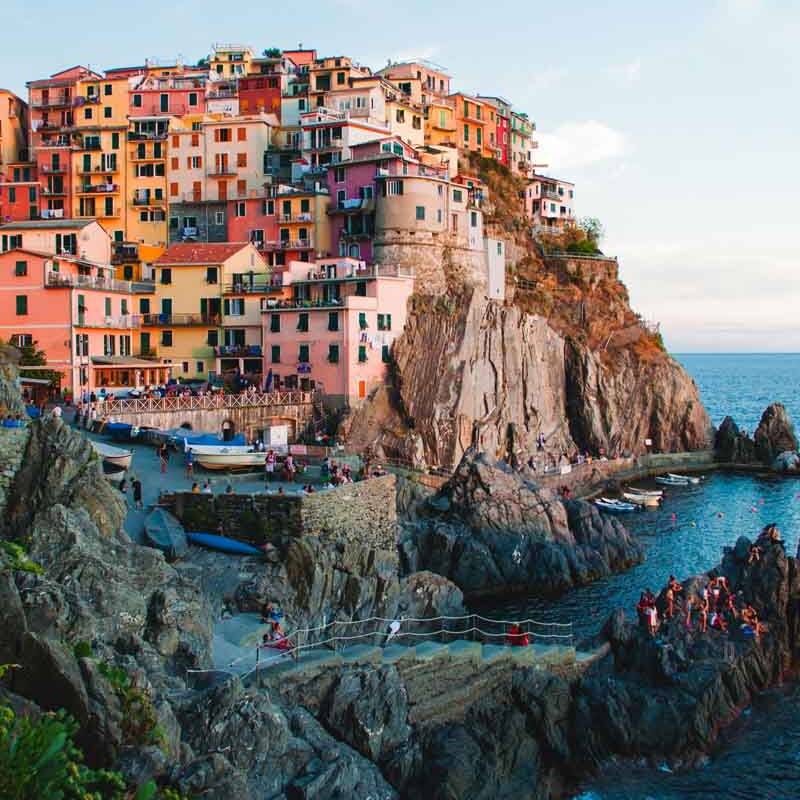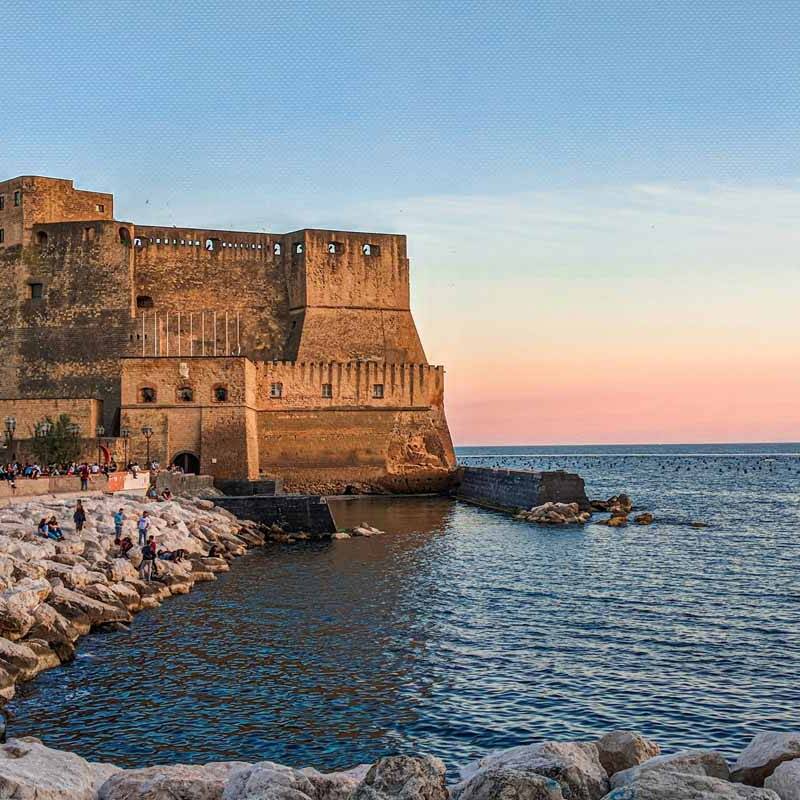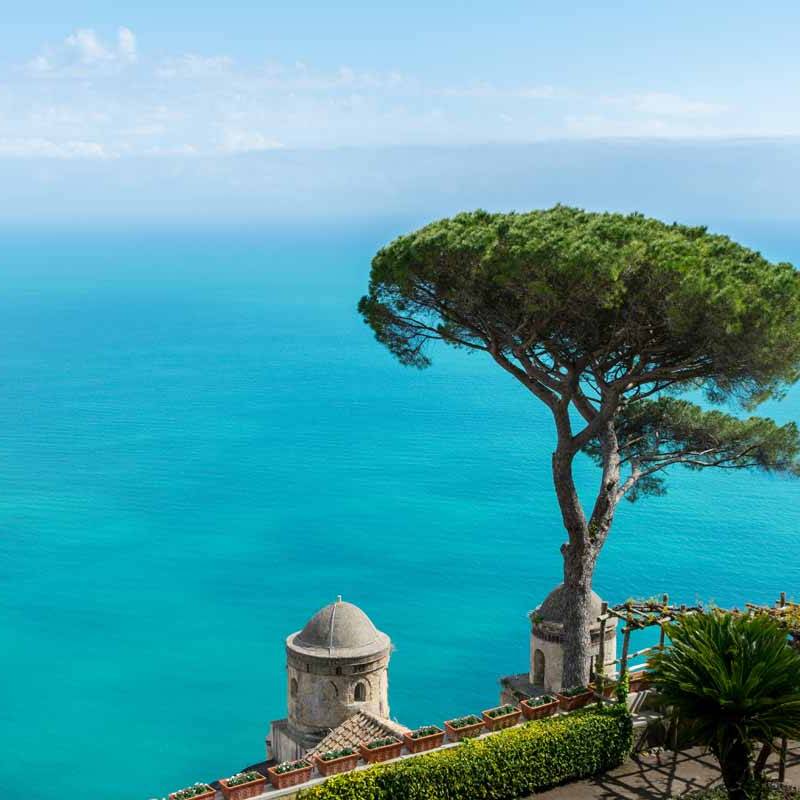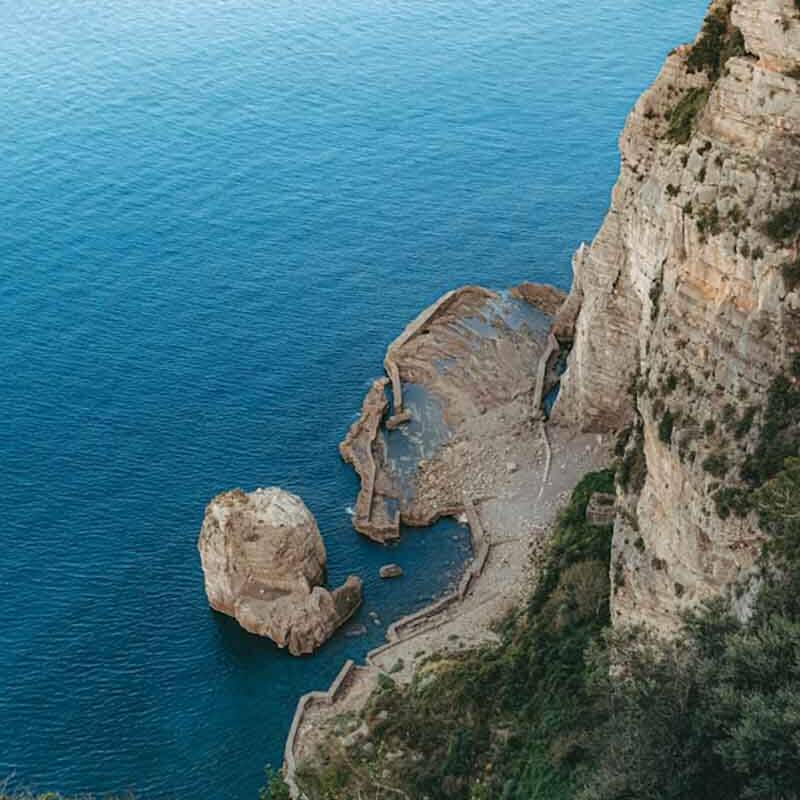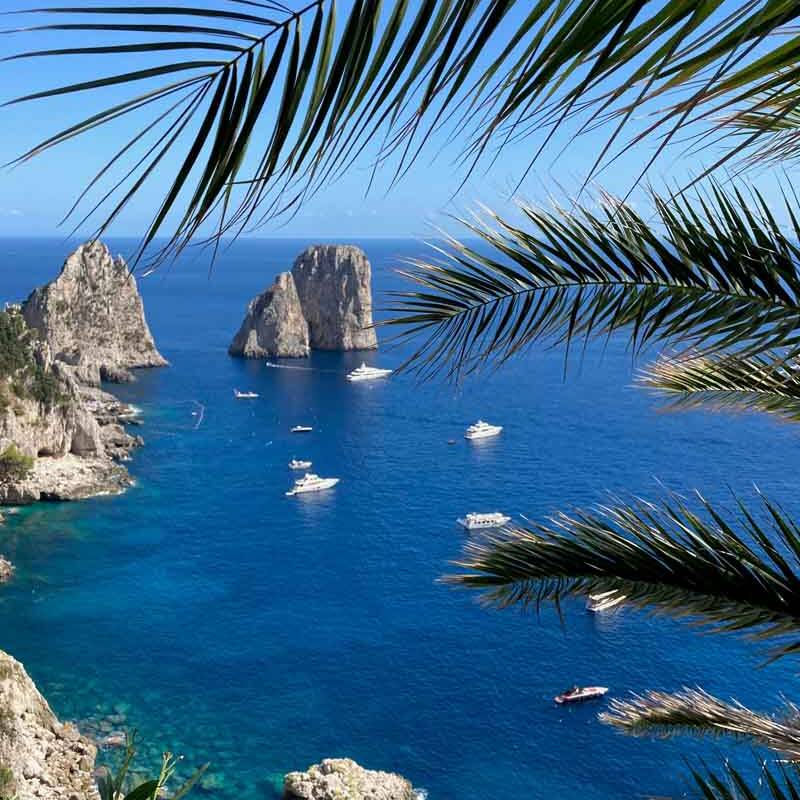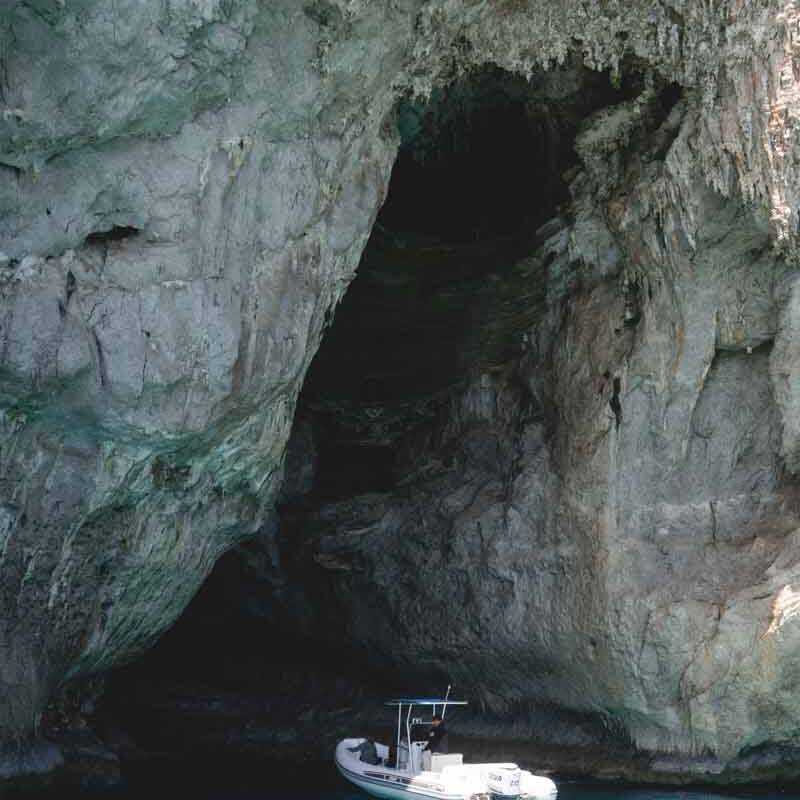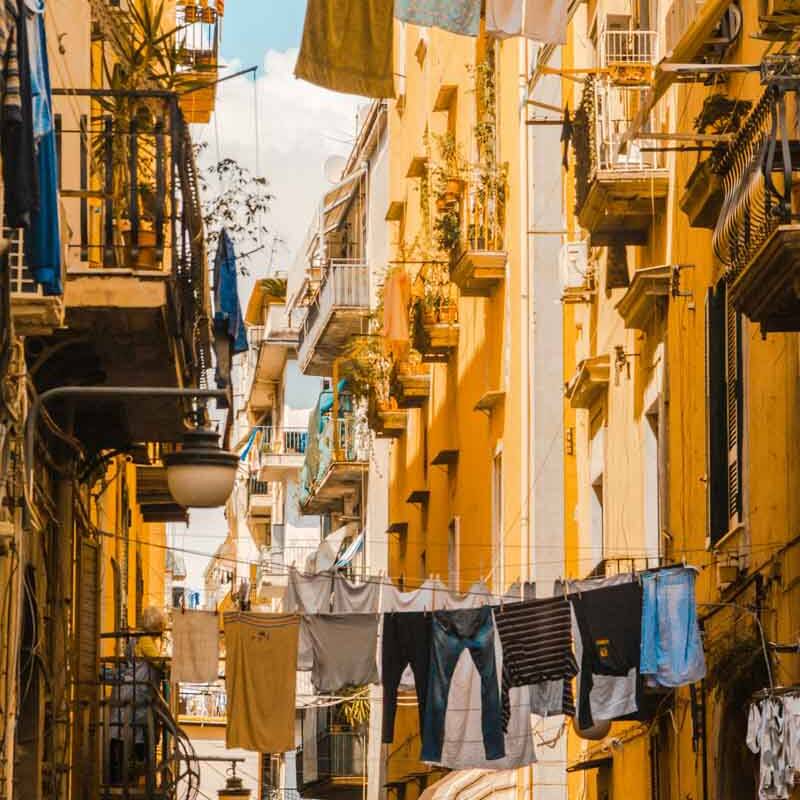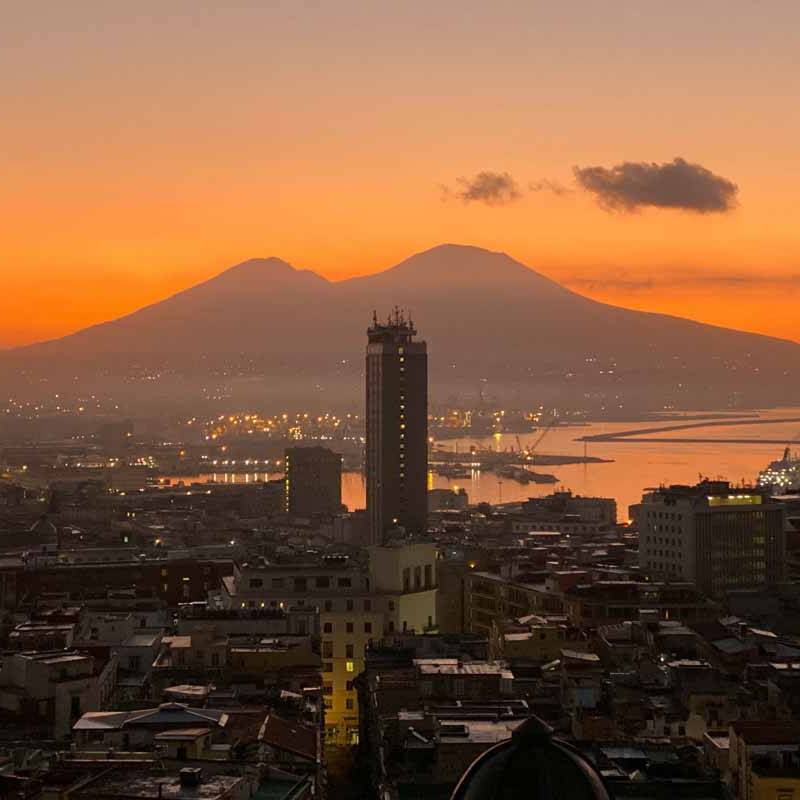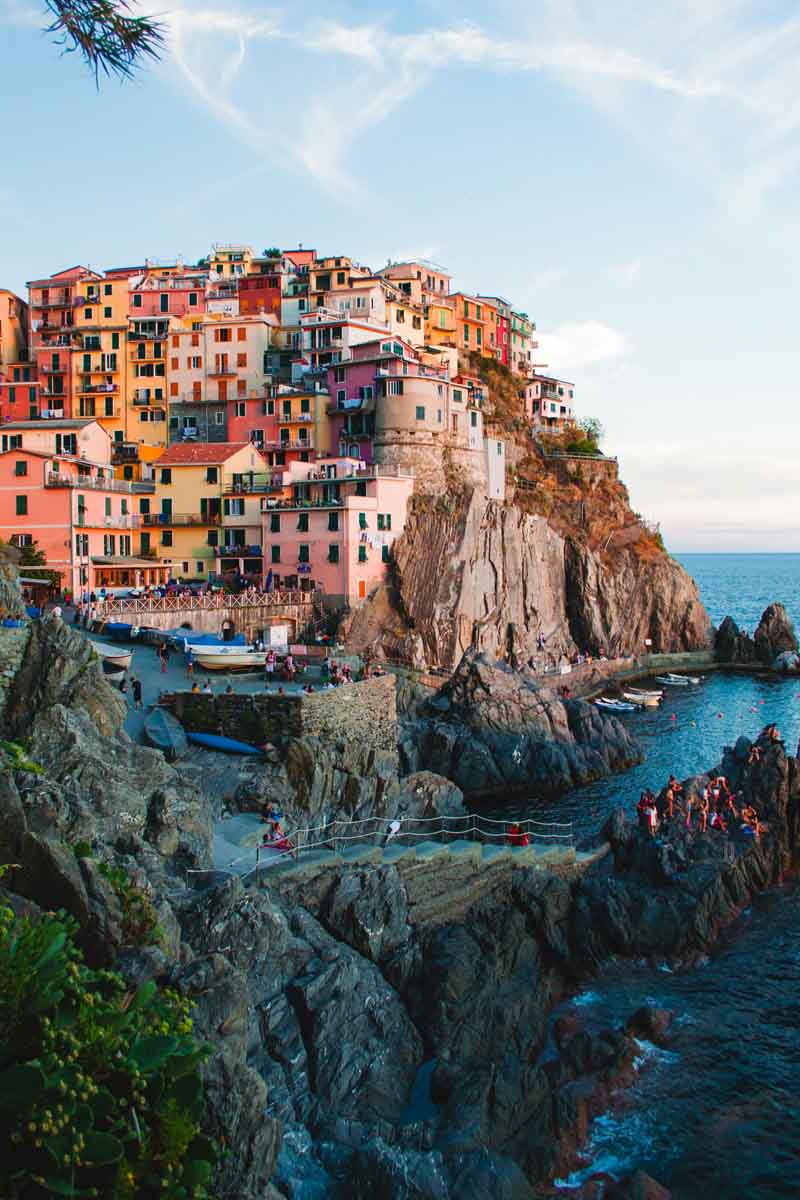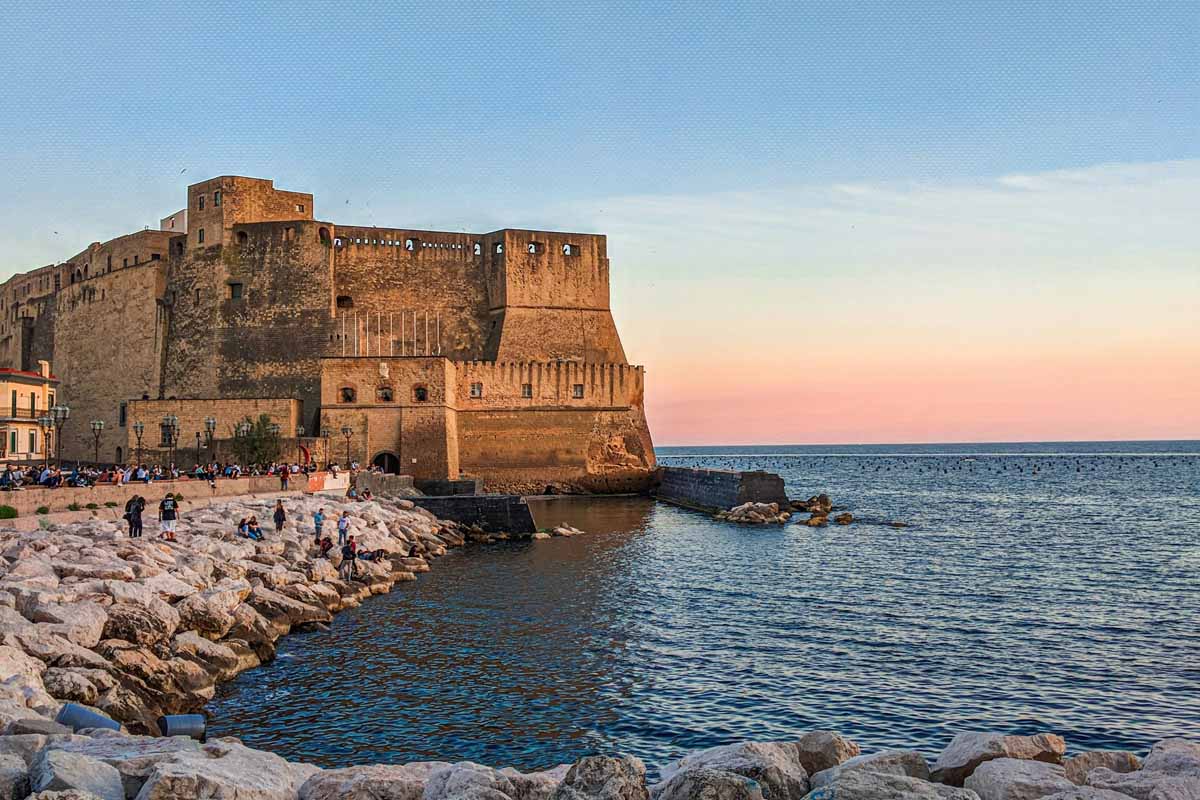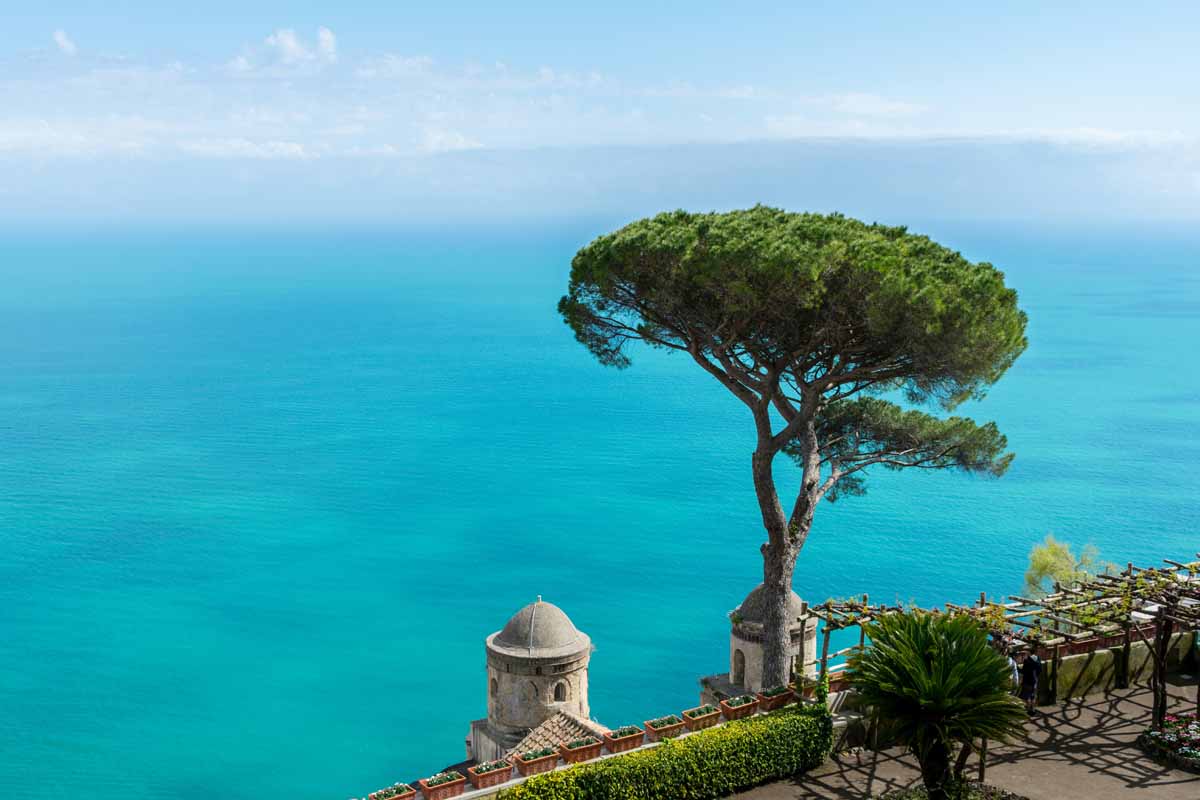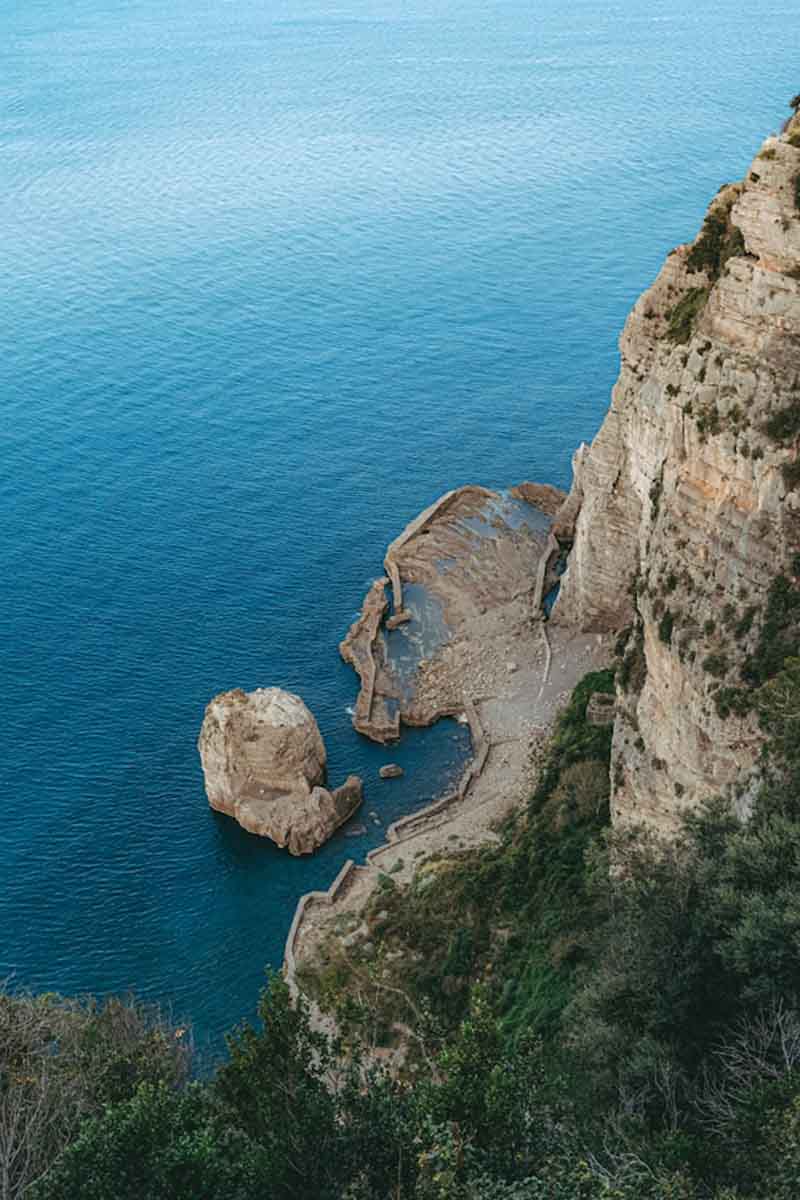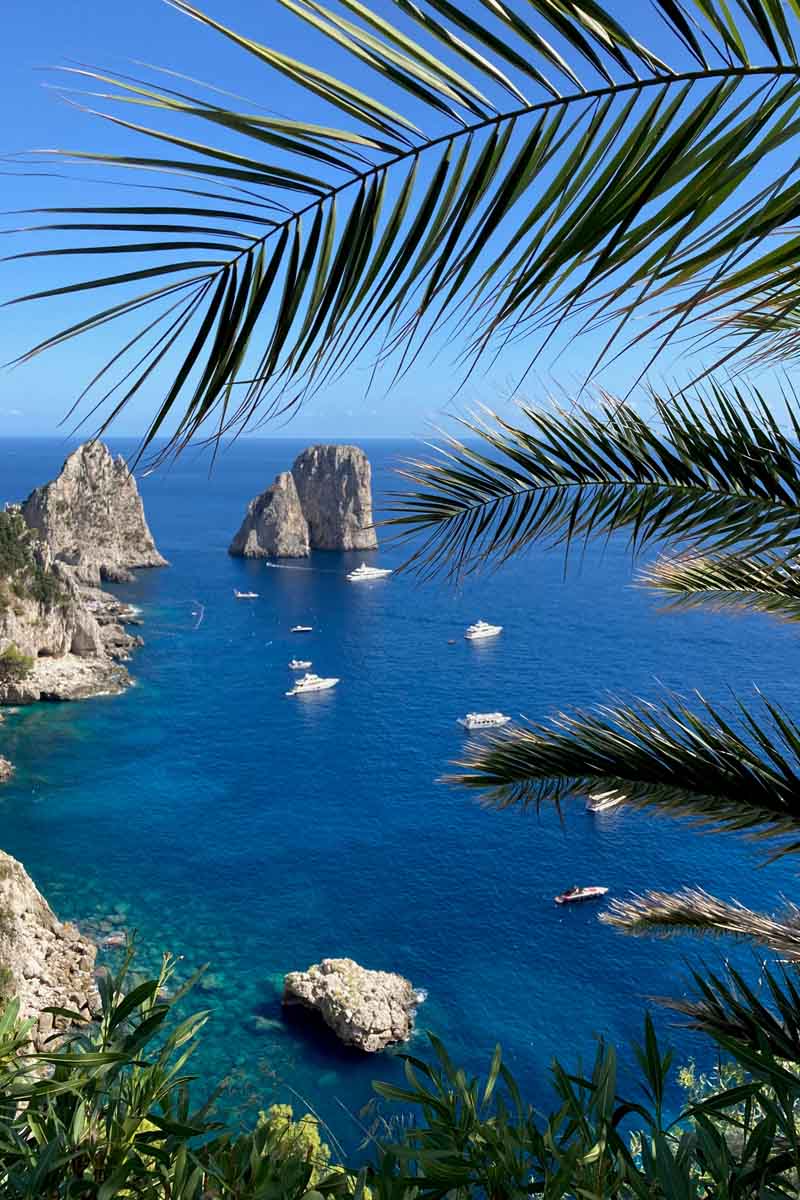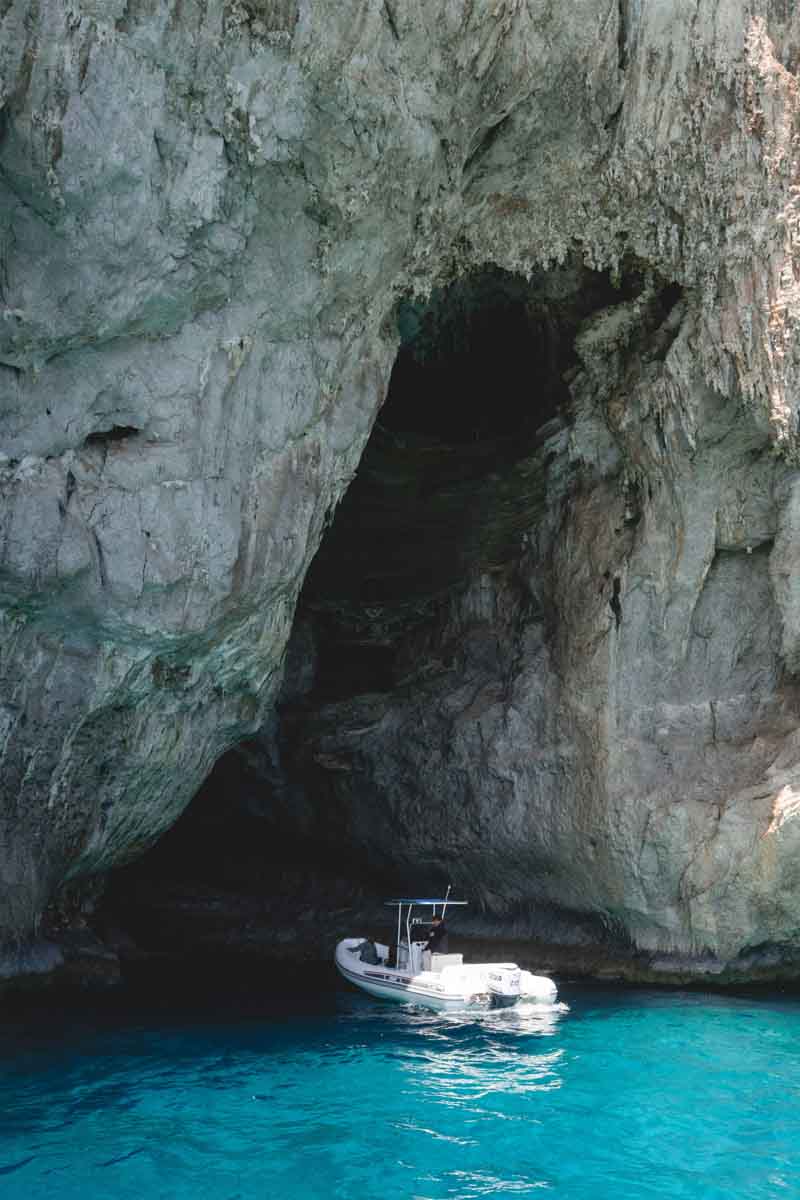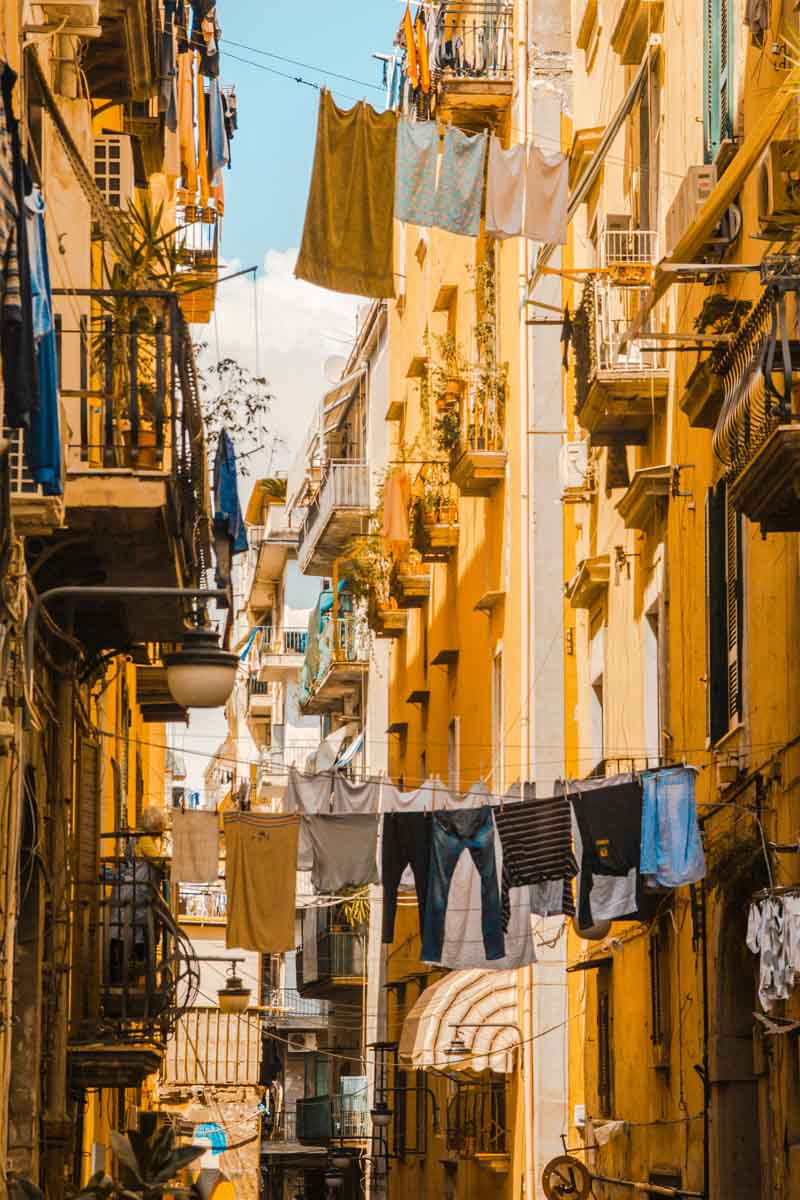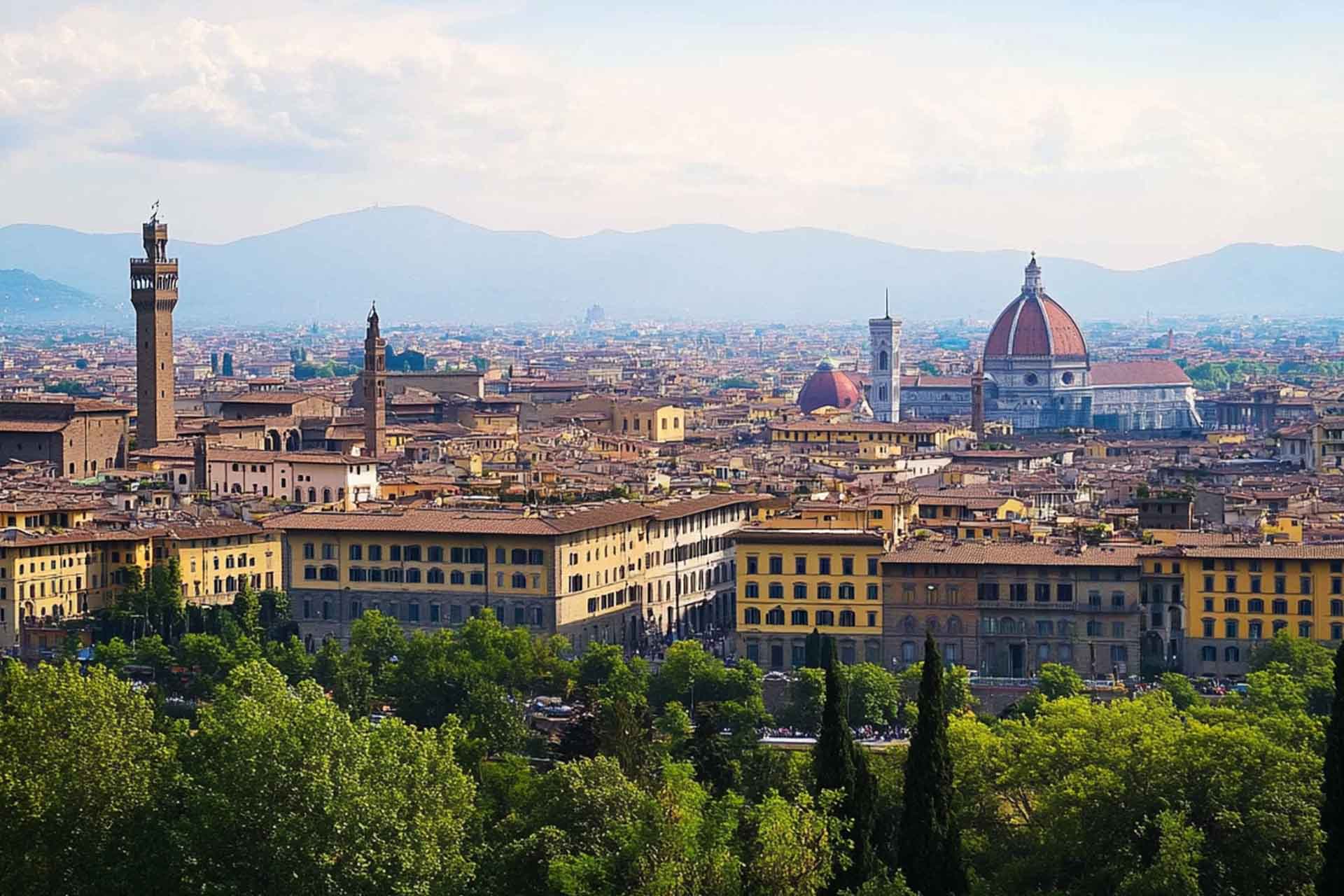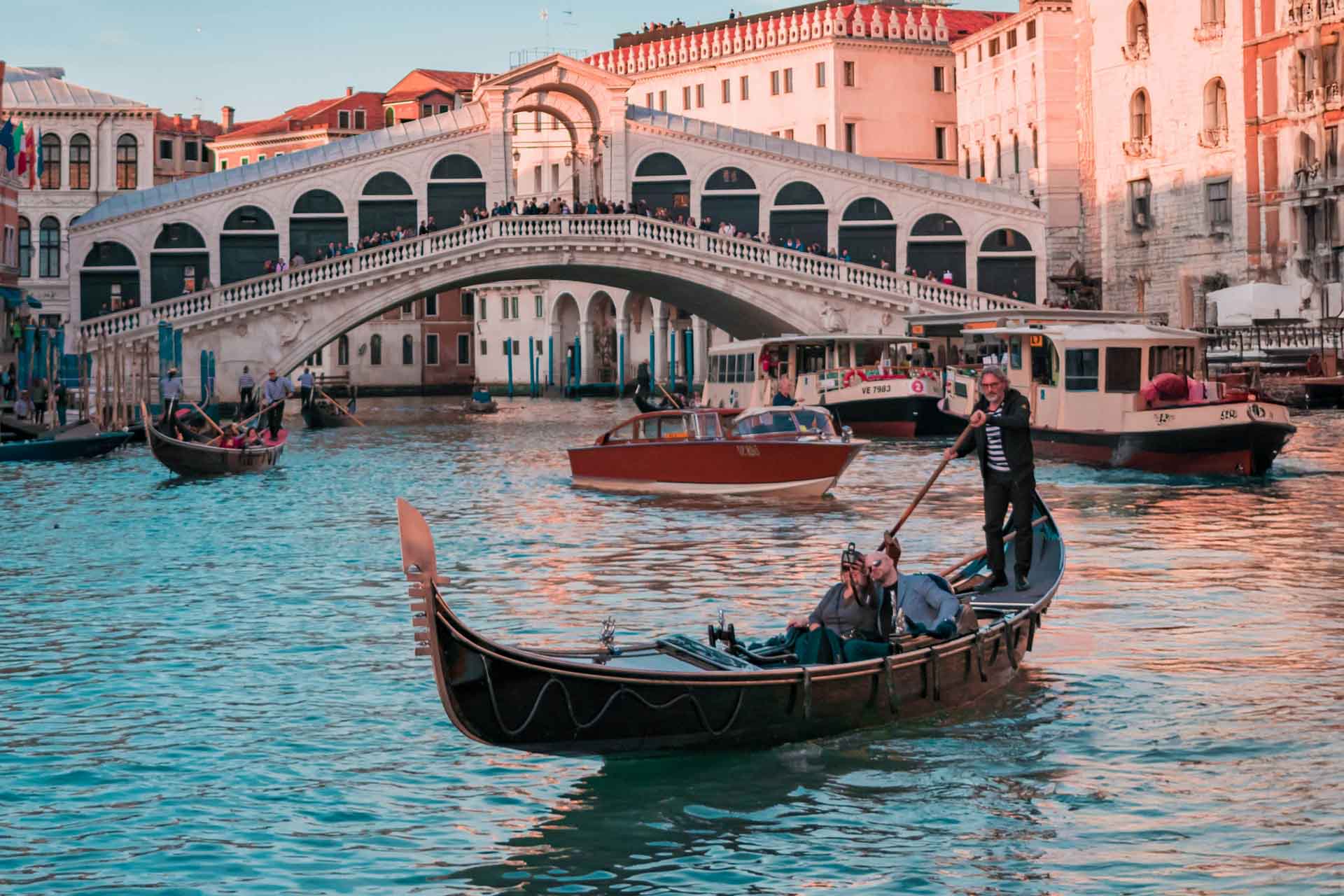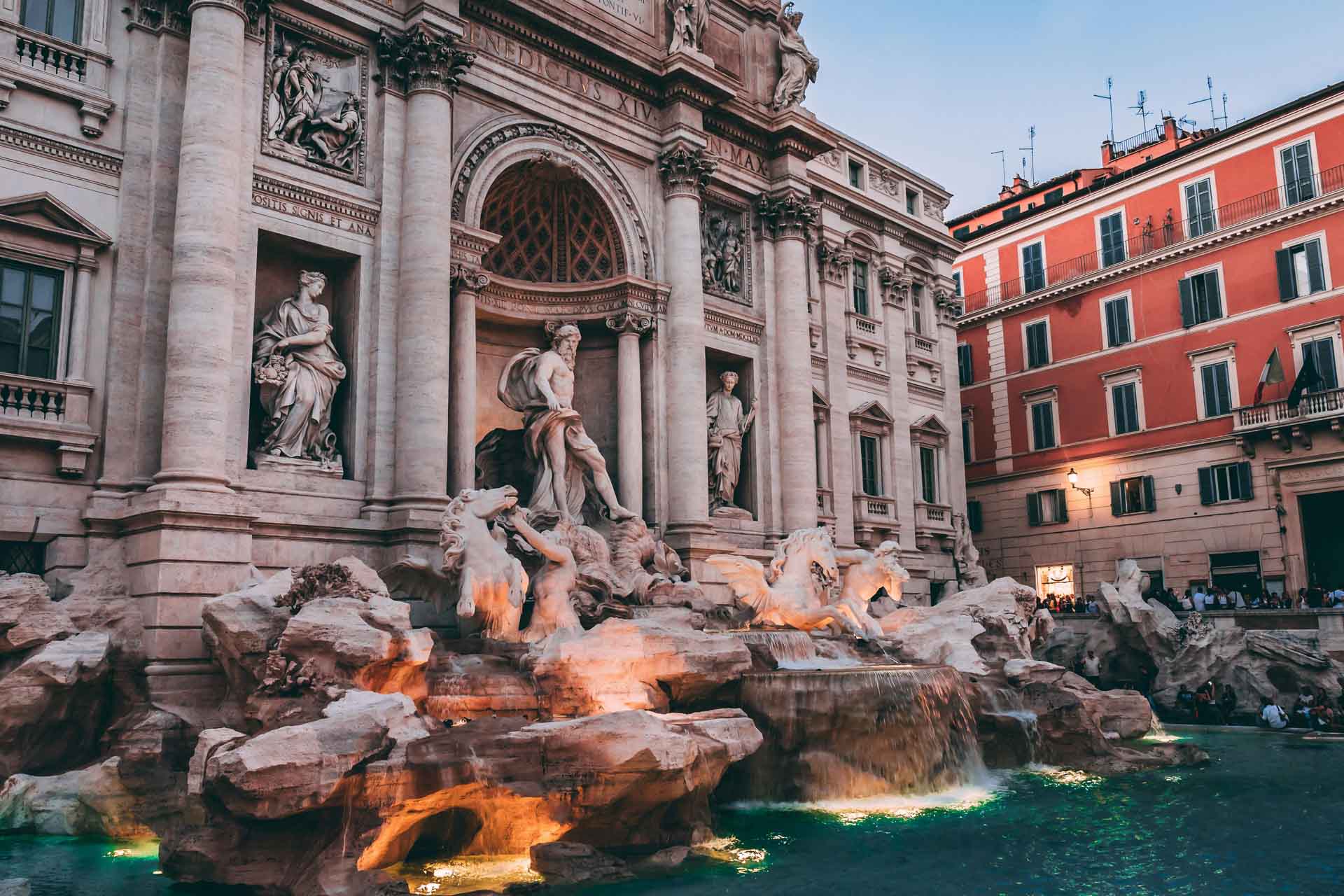Naples & the Amalfi Coast: A Journey Through Beauty, Tradition, and the Mediterranean Soul.
Naples is a city of contrasts, where raw energy meets breathtaking beauty, and every street tells a story. Beneath the watchful eye of Mount Vesuvius, this vibrant metropolis pulses with life, its narrow alleys filled with the aroma of freshly baked pizza, the echo of laughter, and the hum of scooters weaving through history.
The historic center, a UNESCO World Heritage Site, is a labyrinth of ancient churches, bustling markets, and hidden courtyards. The grandeur of Piazza del Plebiscito, the mystery of the Underground Naples, and the artistic treasures of the Sansevero Chapel—Naples is a city that never ceases to amaze.
Naples beats with passion, where Maradona is forever a legend.
Napoli.
But beyond its chaotic charm, Naples is also a gateway to wonders: the ruins of Pompeii and Herculaneum, the sapphire waters of the Bay of Naples, and the magic of Capri. To visit Naples is to experience Italy at its most authentic—passionate, historic, and utterly unforgettable.
Here are some of the best experiences to immerse yourself in while exploring this fascinating city:
Visit Naples’ historic center is a UNESCO World Heritage Site and a maze of fascinating streets full of life, churches, and hidden treasures. Don’t miss: Spaccanapoli, the narrow street lined with pizzerias, pastry shops, and artisan stores, The Naples Cathedral (Duomo di San Gennaro), home to the blood of Naples’ patron saint, Sansevero Chapel, where you can marvel at the incredible Veiled Christ sculpture by Giuseppe Sanmartino.
Tour the National Archaeological Museum, which is one of the best places to explore the ancient Roman world. It houses one of the most impressive collections of artifacts from Pompeii and Herculaneum, including stunning mosaics, frescoes, and statues.
Explore Underground Naples, discovering a hidden side of the city: a network of tunnels, chambers, and ancient aqueducts beneath the city. It’s a fascinating journey through time, revealing layers of Roman and medieval Naples.
Experience the Vibrant Markets, such as Pignasecca Market, one of the most authentic, where you can shop for local ingredients, fresh seafood, and traditional Italian delicacies. It’s the perfect spot to immerse yourself in local life.
Climb Mount Vesuvius for adventure lovers! The active volcano that destroyed Pompeii still looms over the Bay of Naples, and from the summit, you’ll have panoramic views of the city, the coast, and the crater itself.
Eat a Pizza! Naples is the birthplace of pizza, and you can’t visit without tasting an authentic Neapolitan pizza. The crispy, soft crust and simple, fresh toppings are a true delight.
Take a Boat Ride to Capri where you can explore the famous Blue Grotto or simply wander around the picturesque streets. Alternatively, take a boat ride along the Amalfi Coast, stopping at towns like Positano, Amalfi and Ravello for spectacular views and coastal beauty.
Enjoy the Sunset at Lungomare, a promenade by the sea with stunning views of the Vesuvius and the bay. It’s one of the best places to catch a sunset while enjoying an aperitivo.
Take a Limoncello Tasting Tour to learn about the production of this local specialty and taste various types of this famous lemon liqueur
Amalfi Coast.
The Amalfi Coast is a vision of paradise, where rugged cliffs plunge into the turquoise sea, and pastel-colored villages cling to the mountainside like jewels. A road trip along the coastline from Salerno to Sorrento is a journey through breathtaking landscapes, each curve revealing a new postcard-perfect view.
In Positano, bougainvillea cascades over sun-drenched terrace s, and the scent of lemon blossoms lingers in the air. Amalfi, with its grand cathedral and maritime history, feels like a step back in time. In Ravello, perched high above the sea, villas and gardens offer a peaceful retreat with the most mesmerizing panoramas.
Where the cliffs embrace the sea, and every sunset paints a dream—welcome to the magic of the Amalfi Coast.
Pompeii and Herculaneum.
Pompeii is one of the world’s most remarkable archaeological sites, frozen in time by the eruption of Mount Vesuvius in 79 AD. Walking through its ancient streets is like stepping back over two millennia into the heart of Roman life.
The city was buried under layers of ash, preserving homes, frescoes, and even the eerie impressions of its inhabitants. As you explore, you’ll encounter the Forum, the bustling center of Pompeii’s daily life, and the theater, where performances once captivated audiences. The vivid frescoes and intricate mosaics that adorn the walls of the villas and public buildings offer glimpses of ancient Roman art and culture.
Pompeii is not just a relic of destruction; it’s a window into a thriving civilization. The city’s streets, baths, shops, and temples stand as silent witnesses to a lost world—a world that continues to tell its story, thousands of years later.
While Pompeii may be the more famous of the two, Herculaneum offers a quieter, more intimate experience of life before the eruption of Vesuvius. Smaller but equally well-preserved, Herculaneum was also buried by the same eruption, but its remains are often in better condition due to the different nature of the volcanic eruption.
The houses of Herculaneum are filled with extraordinary details, from the elegant frescoes to the remarkably preserved wooden furniture, giving you an intimate look at Roman daily life. The Villa of the Papyri, with its vast library of ancient scrolls, reveals a level of sophistication and culture rarely seen in the ancient world.
Unlike Pompeii, Herculaneum was submerged under a flood of hot pyroclastic material, which helped preserve even delicate organic materials like wood and food. Today, as you stroll through its ancient streets and homes, you’re walking through a time capsule that seems to have been frozen just moments before the disaster struck.
Azure waters embrace Capri's timeless cliffs, creating memories that linger forever.
Capri.
Capri is a place where beauty and charm blend seamlessly, creating a paradise that has captivated visitors for centuries. Located in the shimmering waters of the Bay of Naples, this island is renowned for its dramatic cliffs, sparkling blue seas, and lush landscapes.
The island’s Piazzetta is the heart of its social life, where visitors and locals gather to sip coffee and enjoy the timeless atmosphere. From here, the narrow, winding streets lead you to charming boutiques, fragrant lemon groves, and hidden gardens. Villa Jovis, the ancient Roman palace of Emperor Tiberius, offers panoramic views that stretch across the island and beyond to the sparkling sea.
One of the island’s most iconic spots is the Blue Grotto, a sea cave bathed in an otherworldly blue light, where small boats glide into the cavern, revealing a magical, glowing world beneath the water. Whether you’re sailing along the rugged coastline, hiking the scenic paths of Mount Solaro, or relaxing on the island’s chic beaches, Capri is a place of endless discovery.
Sorrento.
Sorrento is a charming coastal town perched on the cliffs overlooking the Bay of Naples, offering a breathtaking view of the sparkling Mediterranean and the looming presence of Mount Vesuvius in the distance. Known for its serene beauty and vibrant atmosphere, Sorrento is the perfect blend of traditional Italian charm and coastal elegance.
As you wander through its narrow, cobbled streets, you’ll discover lively piazzas, quaint shops selling local handicrafts, and cozy cafes where the scent of fresh limoncello—a local lemon liqueur—fills the air. The town’s historic center is a maze of colorful buildings, charming courtyards, and stunning viewpoints that make it easy to lose track of time.
The Marina Grande offers a picturesque harbor, where fishing boats bob in the water, and seafood restaurants serve the freshest catch of the day. The Villa Comunale provides one of the most panoramic spots in Sorrento, with sweeping views of the coastline and the island of Ischia on the horizon.


